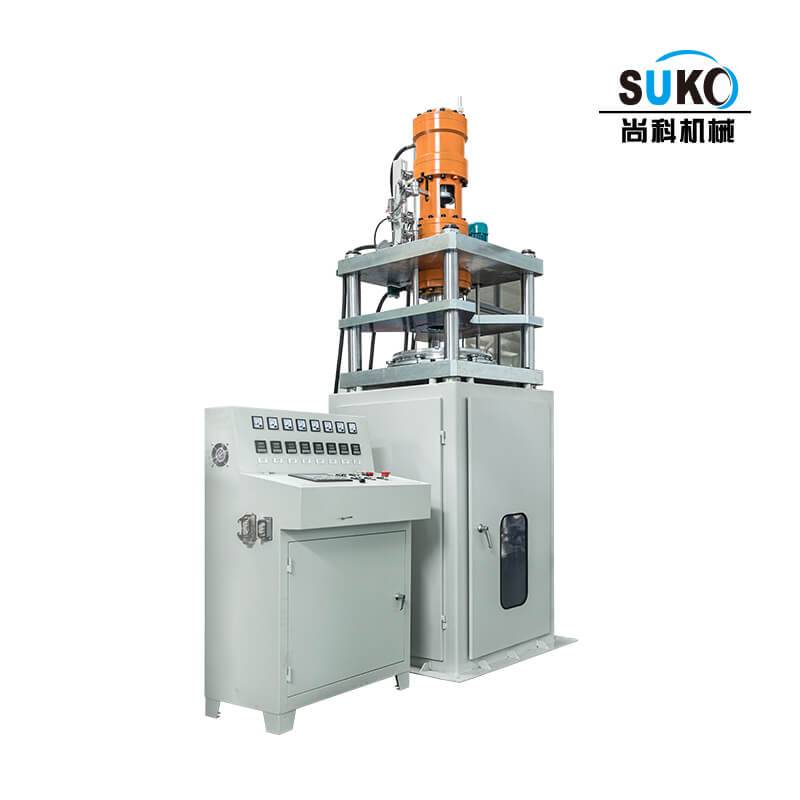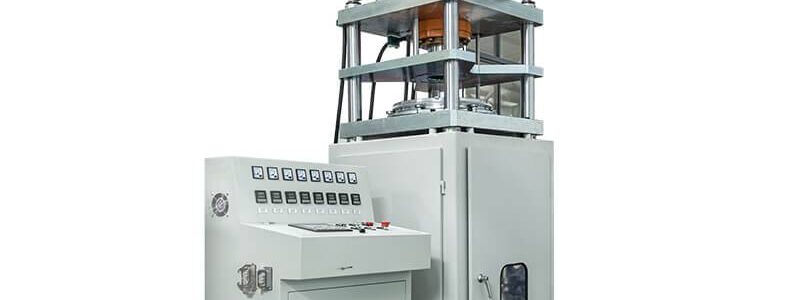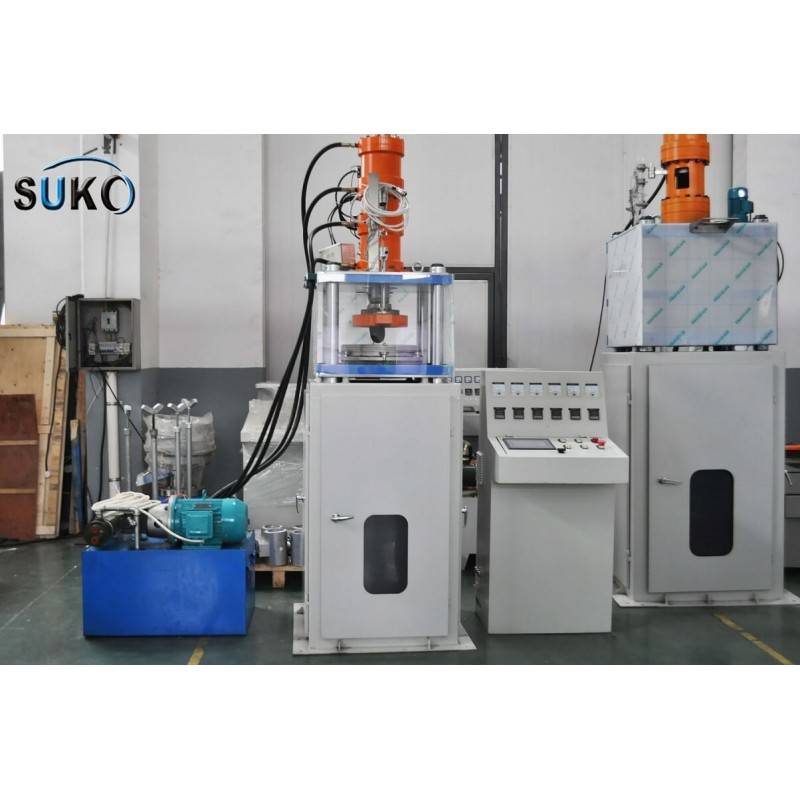10 Critical Questions to Ask Before Buying a PTFE Extrusion Line
Introduction: Making Informed PTFE Extrusion Equipment Decisions
Purchasing a PTFE extrusion line requires careful evaluation of material properties, production requirements, and equipment capabilities. This guide examines the key technical and operational factors that determine successful Teflon extrusion outcomes.
Core Considerations for PTFE Extrusion Systems
1. Material Compatibility and Processing Requirements
Evaluate your PTFE resin specifications against these extrusion parameters:
| Material Property | Extrusion Impact | Optimal Range |
|---|---|---|
| Melt Flow Index | Screw Design | 0.5-2.5 g/10min |
| Particle Size | Die Land Length | 150-250 μm |
| Compression Ratio | Barrel Zones | 2.5:1 to 3:1 |
2. Throughput Capacity and Line Configuration
Modern PTFE extruders typically feature:
- 30:1 L/D ratio screws for uniform melt
- Multi-zone temperature control (±1°C accuracy)
- Post-extrusion calibration baths
Technical Specifications Comparison
| Parameter | Entry-Level | Industrial Grade |
|---|---|---|
| Output Capacity | 15 kg/hr | 45 kg/hr |
| Tolerance | ±0.2 mm | ±0.05 mm |
| Pressure Range | 20-40 MPa | 50-80 MPa |
Industry Data Insights
According to Grand View Research, the global PTFE market will grow at 5.8% CAGR through 2030, driving demand for efficient extrusion solutions.
FAQ Section
What certifications should PTFE extrusion equipment have?
Look for CE Marking, ISO 9001:2015 compliance, and specific industry certifications like FDA 21 CFR for medical tubing production.
How does Teflon extrusion differ from standard PTFE processing?
While chemically identical, Teflon™ extrusion often requires licensed processing technologies and specific temperature profiles.
Conclusion: Actionable Next Steps
Validate equipment capabilities with material trials and request documented evidence of:
• Minimum 98% uptime guarantees
• Compliance with ISO 11443 testing standards
• Spare parts availability within 72 hours




